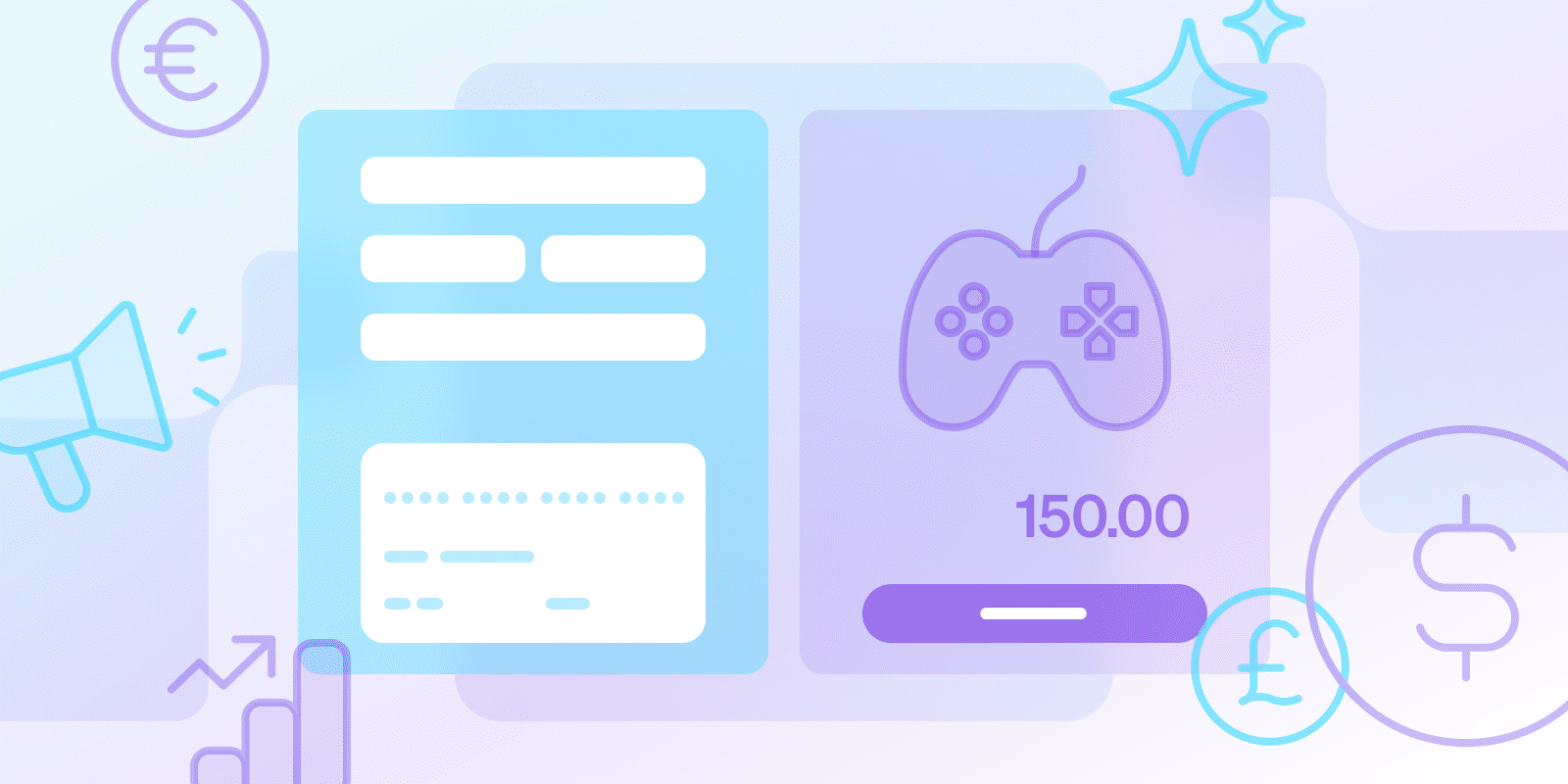Paiements SaaS
Que sont les microtransactions SaaS ?

Que sont les microtransactions SaaS ?
Les microtransactions SaaS sont de petits paiements effectués au sein d'une plateforme SaaS, permettant aux utilisateurs d'acheter des biens ou des services virtuels avec de l'argent réel.
Ces transactions permettent aux utilisateurs d'améliorer leur expérience avec le service offert ou de débloquer des fonctionnalités supplémentaires grâce à un modèle de paiement à l'utilisation.
Les microtransactions SaaS se caractérisent par une facturation détaillée, reflétant l'utilisation précise du service, ce qui leur permet d'être largement adoptées au sein des solutions cloud. Elles s'appliquent principalement au paiement de biens et services virtuels au sein des systèmes SaaS, et les montants payés peuvent être vraiment minimes.
Comment fonctionnent les microtransactions SaaS ?
Les microtransactions SaaS offrent aux clients la possibilité de payer pour des fonctionnalités et des services individuels, leur permettant ainsi de personnaliser leur expérience.
Étape 1 : En général, ces transactions sont effectuées dans le cadre de la plateforme SaaS, où les clients sélectionnent les micropaiements les plus adaptés à leurs besoins et préférences.
Étape 2 : Une fois que le client a convenu du type de transaction souhaité, il est redirigé vers un processeur de paiement sécurisé pour poursuivre la transaction. Ces passerelles acceptent différents types de paiement, tels que les cartes de crédit, les cartes de débit, les portefeuilles numériques, et bien d'autres encore, selon la plateforme et le marché cible.
Étape 3 : Une fois le paiement effectué, le client obtient immédiatement accès à la fonctionnalité ou au contenu micro-acheté dans l'environnement SaaS.
L'approche vise à évaluer une expérience utilisateur conviviale en minimisant la complexité et en améliorant la facilité d'utilisation pour le client et le fournisseur de la plateforme.
Imaginez un utilisateur utilisant un outil de conception SaaS qui vend des images clipart premium. Les clients peuvent opter pour une microtransaction, en payant un petit montant pour acquérir l'image clipart précise souhaitée, au lieu de s'engager dans un forfait premium ou d'acheter la bibliothèque complète.
En quoi les microtransactions SaaS diffèrent-elles des modèles de tarification traditionnels ?
Contrairement à la tarification SaaS traditionnelle avec des frais mensuels fixes ou des niveaux, les microtransactions utilisent un modèle détaillé de paiement à l'utilisation. Cela signifie que le client est facturé uniquement pour les fonctionnalités ou les ressources spécifiques qu'il utilise.
D'autre part, les modèles fixes peuvent inciter les utilisateurs à partager des comptes pour réduire les coûts, ce qui peut affecter les efforts de sécurité et de conformité.
Quels sont les avantages des microtransactions pour les entreprises et les clients ?
L'impact potentiel des microtransactions sur les entreprises peut inclure :
- Les microtransactions permettent aux entreprises de générer des revenus grâce à une série de petits achats supplémentaires effectués par les clients.
- Les entreprises peuvent observer un impact sur la trésorerie et l'efficacité du traitement des transactions lorsqu'elles gèrent des paiements en versements plus petits et plus fréquents.
- Les microtransactions au sein des solutions SaaS peuvent entraîner des ajustements dans la gestion des abonnements, en offrant des options pour l'accès à des fonctionnalités individuelles et la personnalisation des plans.
- Les clients peuvent envisager d'acheter des fonctionnalités ou des services individuels, plutôt qu'un abonnement complet, ce qui leur donne un meilleur contrôle sur leur utilisation et peut potentiellement réduire leurs dépenses.
Qui utilise les microtransactions SaaS ?
Les microtransactions SaaS sont adoptées et utilisées par diverses formes d'entreprises et d'applications dans différents secteurs d'activité.
Celles-ci incluent :
- Services cloud et plateformes SaaS : Ces entités utilisent les microtransactions pour une facturation détaillée et API des services qui offrent un mode de paiement précis et spécifique.
- Applications mobiles : Les microtransactions sont couramment utilisées dans différentes applications mobiles, en particulier les jeux, car elles permettent de vendre du contenu ou des fonctionnalités supplémentaires aux utilisateurs afin d'améliorer leur expérience et de générer des revenus.
- Services à l'utilisation : Les microtransactions peuvent être observées dans différents types de services à l'utilisation, où les utilisateurs peuvent être facturés en fonction de leur utilisation individuelle, par exemple, les services de covoiturage ou de livraison de nourriture.
Quels sont les inconvénients des microtransactions SaaS ?
Les microtransactions SaaS offrent flexibilité et accessibilité, mais présentent également certains inconvénients.
- Dépendance à Internet : L'exploitation d'applications SaaS nécessite l'accès à une connexion Internet fiable, ce qui peut affecter les performances dans les zones où la connectivité est limitée ou instable.
- Contrôle du logiciel : Les utilisateurs ont un contrôle limité sur le logiciel et les mises à jour, car ceux-ci sont gérés par le fournisseur SaaS.
- Problèmes techniques : Plan de secours pour les éventuels problèmes techniques et les temps d'arrêt qui échappent au contrôle de l'utilisateur.
- Sécurité et personnalisation des données : Bien que cette option offre certains avantages, elle peut présenter des défis en matière de sécurité des données et des options de personnalisation limitées.
Conclusion
Les microtransactions SaaS introduisent une structure de paiement granulaire dans le paysage tarifaire, ce qui pourrait avoir un impact sur les entreprises et les clients en offrant un contrôle plus précis des coûts et une utilisation plus personnalisée. À mesure que la technologie SaaS progresse, les microtransactions joueront probablement un rôle de plus en plus important dans l'avenir du secteur.